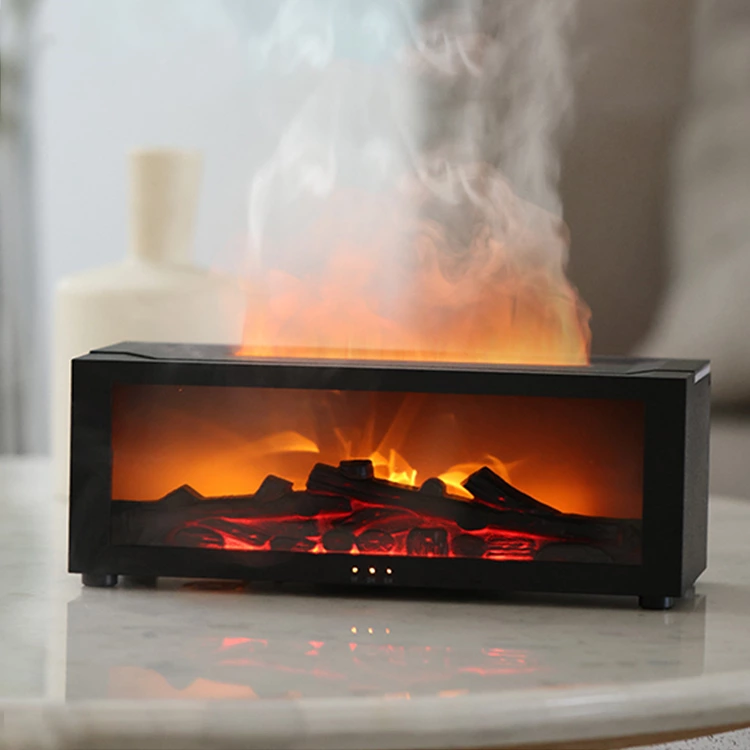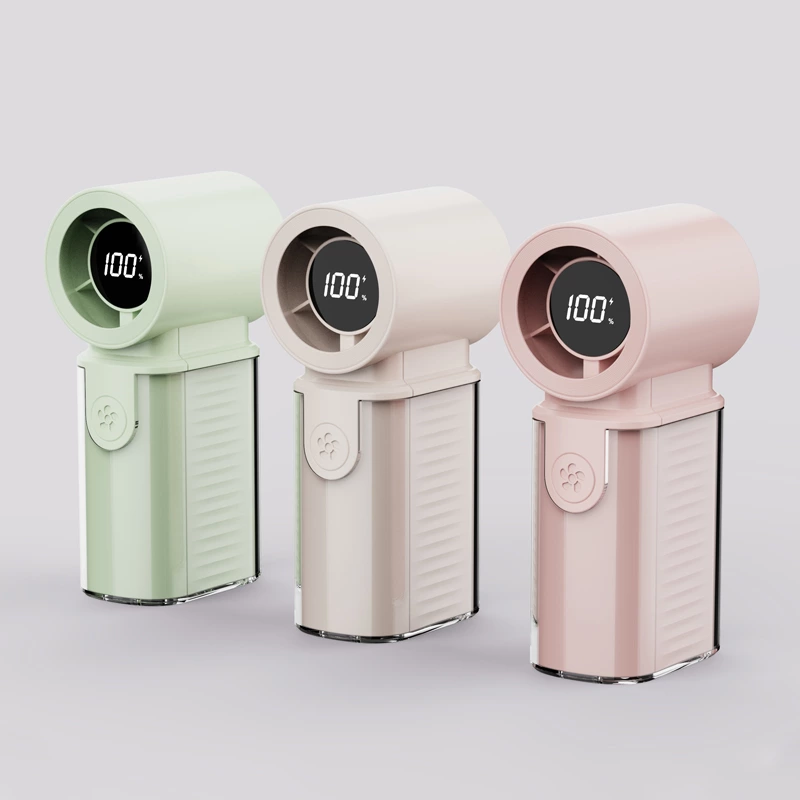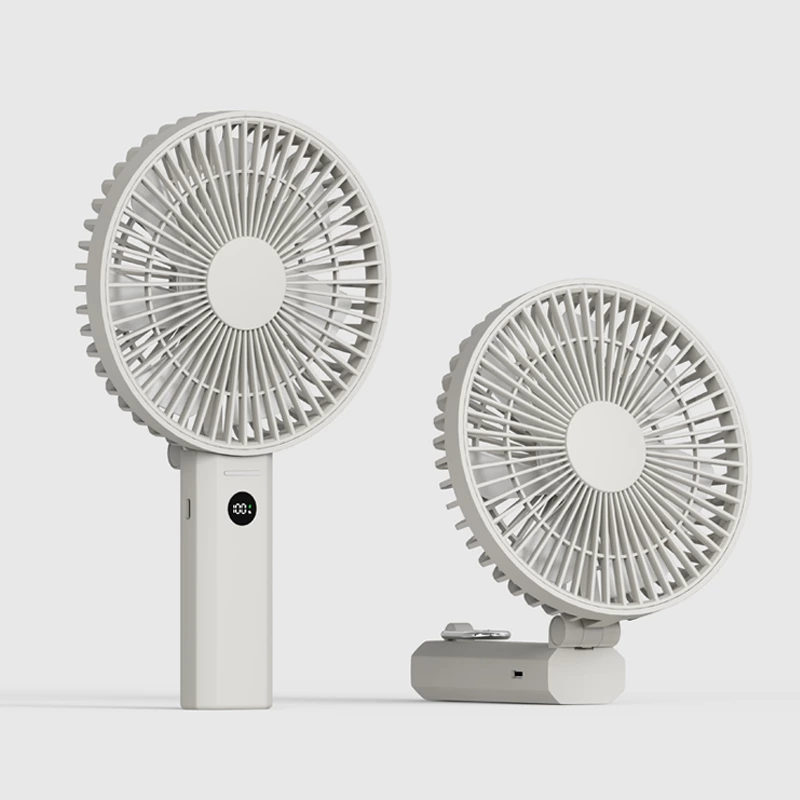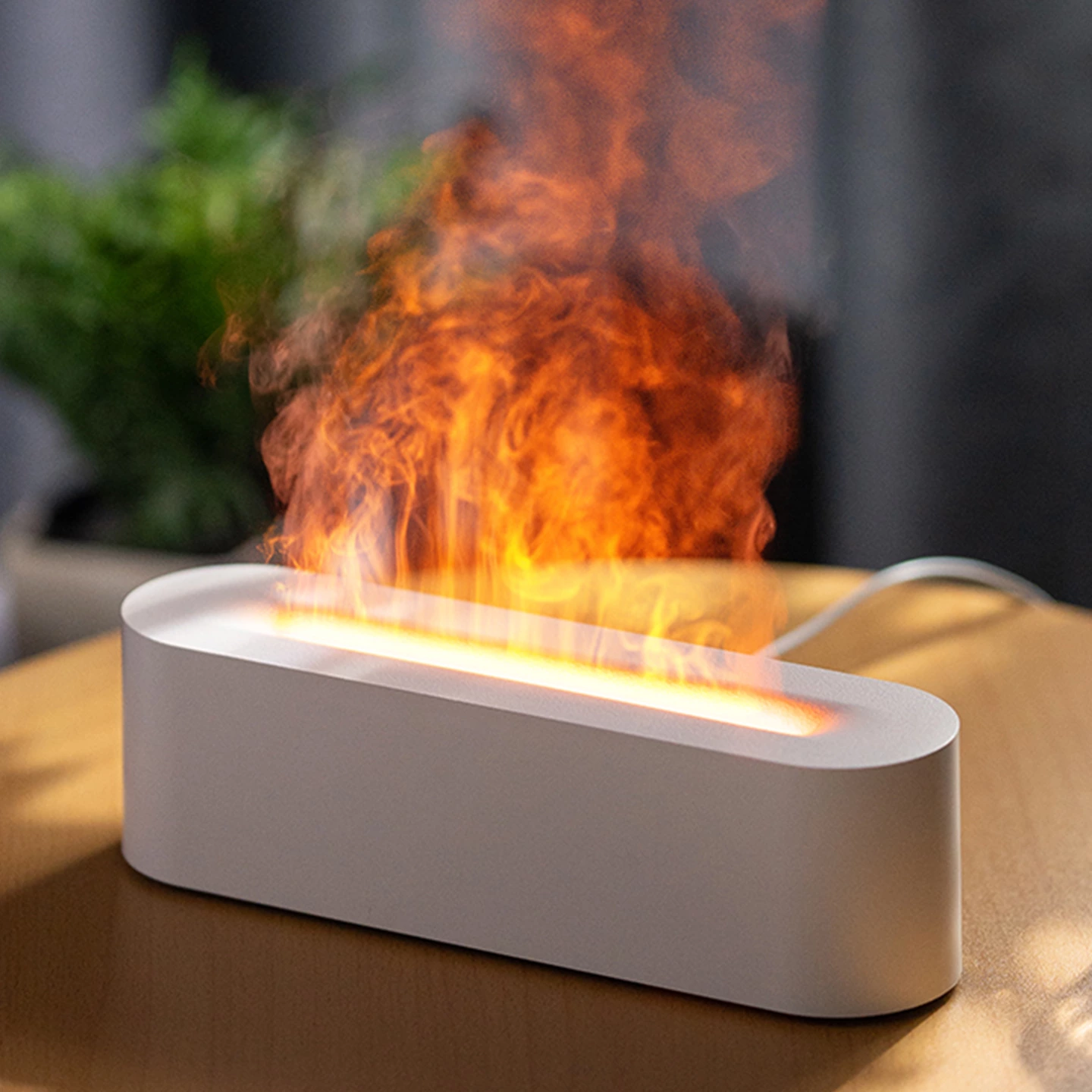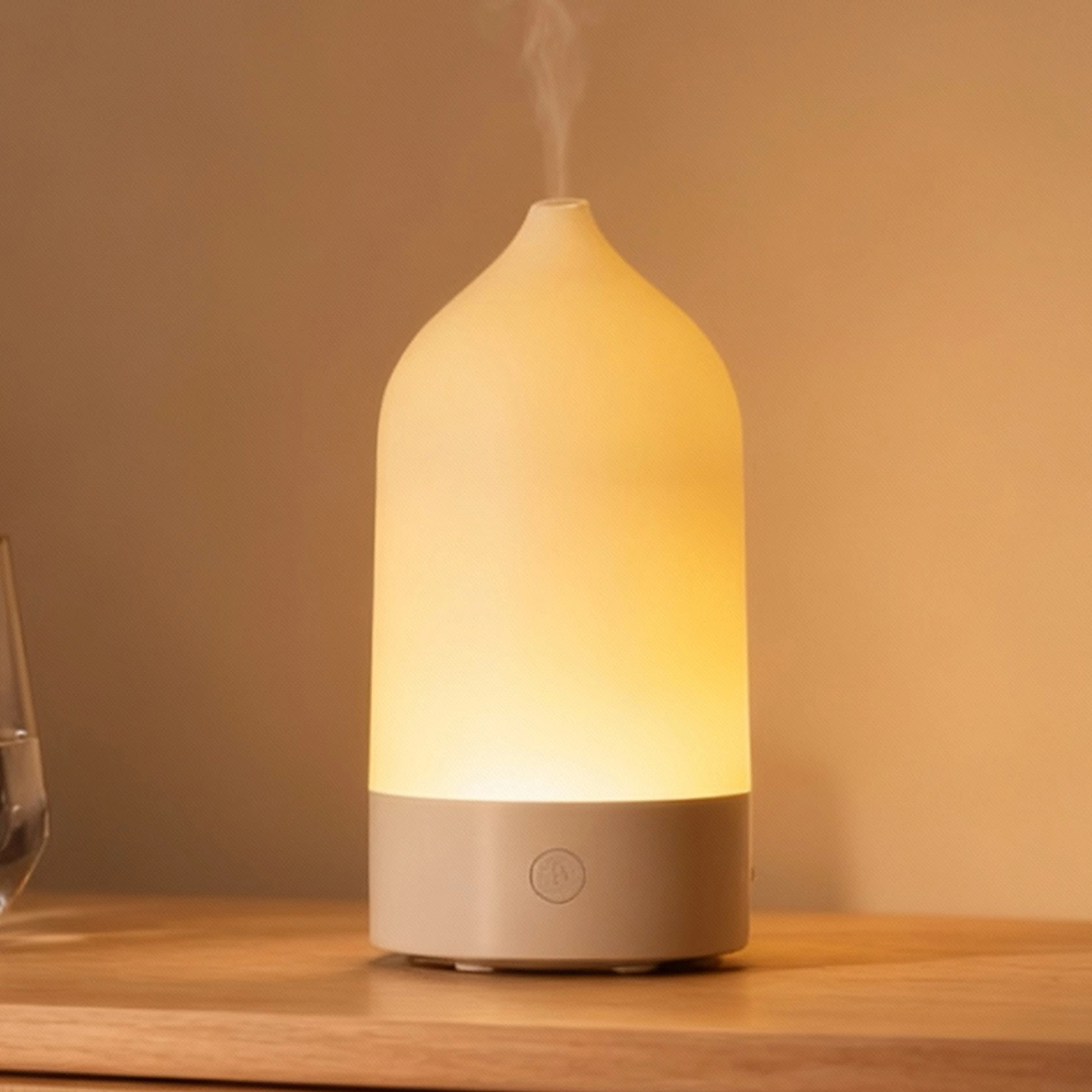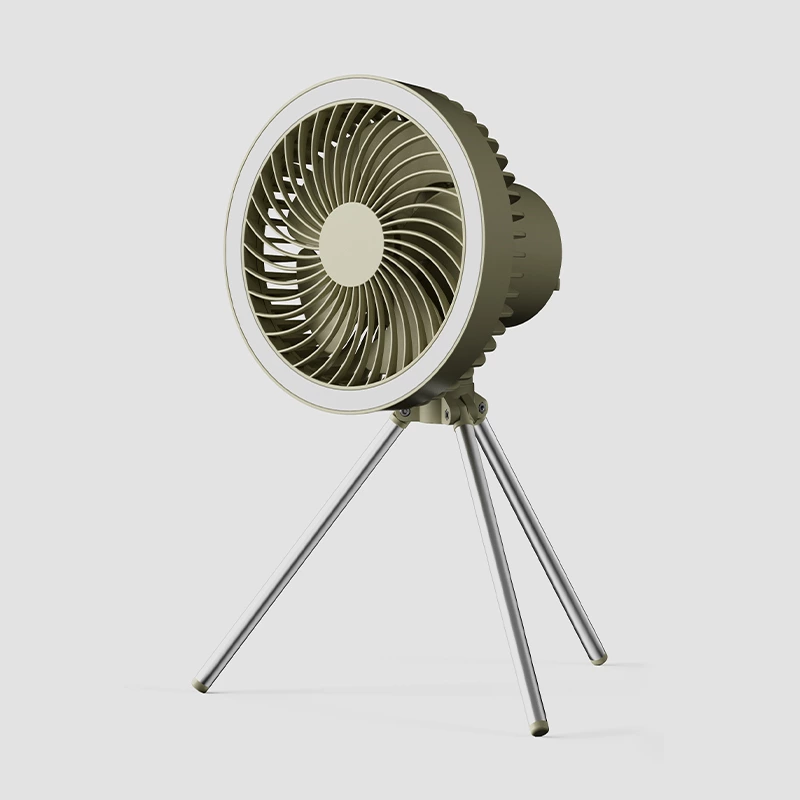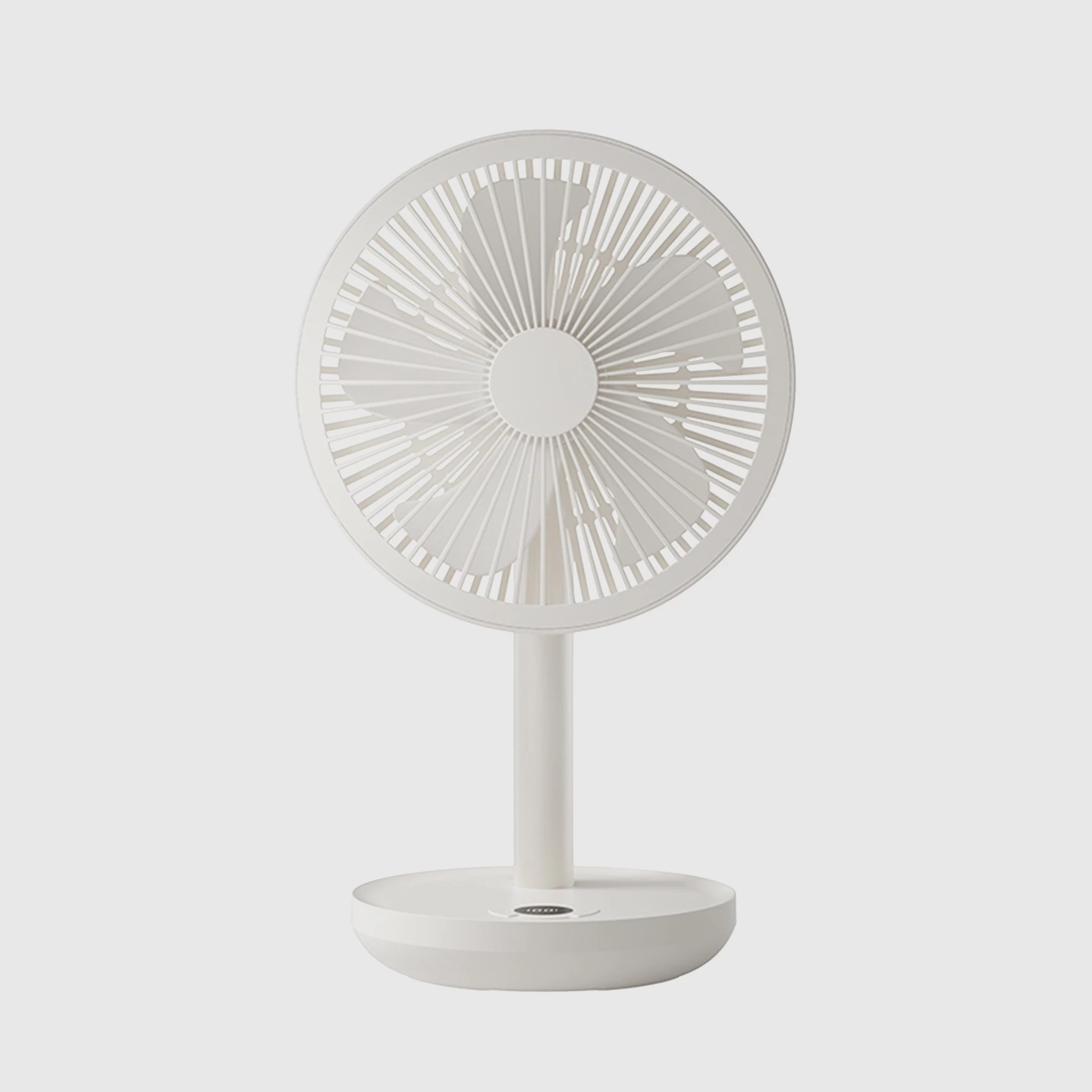What Is the Working Principle of Aromatherapy Diffuser Atomization?
Aromatherapy diffusers have become a popular way to enhance indoor environments with soothing scents and therapeutic benefits. But how exactly do these devices work? The key to their function lies in the process of atomization, which turns essential oils into a fine mist that disperses throughout the room. Let’s explore the working principle behind aromatherapy diffuser atomization.
The Basics of Atomization
At its core, atomization is the process of breaking a liquid into tiny particles, or mist, so that it can be easily dispersed into the air. In an aromatherapy diffuser, this process typically involves a combination of water and essential oils. The diffuser then uses one of several mechanisms to break down the mixture into a fine mist, allowing the essential oils to evaporate and spread their fragrance throughout the room.
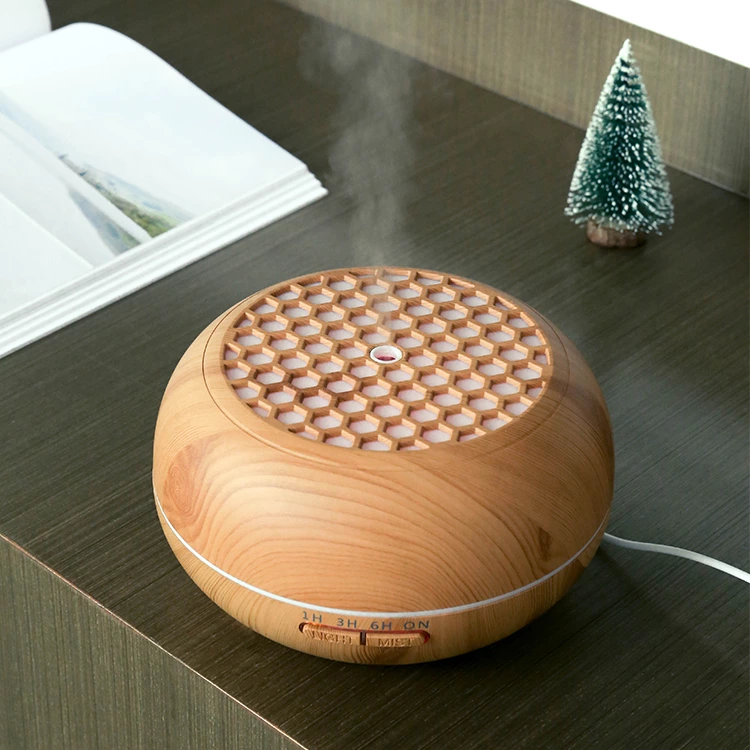
Types of Atomization in Aromatherapy Diffusers
There are a few common methods of atomization used in aromatherapy diffusers:
-
Ultrasonic Vibration:
-
The most popular type of diffuser uses ultrasonic technology. Inside the diffuser, there is a small, rapidly vibrating ceramic plate that oscillates at an ultrasonic frequency (usually beyond the range of human hearing). When the water and essential oil mixture is placed inside the diffuser, the ultrasonic vibrations cause the liquid to break apart into microscopic particles, forming a cool, fine mist. This mist is then released into the air, carrying the scent of the essential oils with it.
-
Why it works well: Ultrasonic atomization is particularly effective because it doesn’t heat the oils, preserving their therapeutic properties. It’s also energy-efficient and produces a gentle, soothing mist.
-
-
Nebulization:
-
In nebulizing diffusers, a different form of atomization is used. Instead of using water, these diffusers work by forcing a stream of air through a small tube, creating a vacuum that pulls the essential oil upward. The oil is then atomized into a fine mist and dispersed directly into the air without the need for water. This method creates a more concentrated aroma since it uses pure essential oil.
-
Why it works well: Nebulizing diffusers are excellent for those looking for a strong, concentrated aroma. They don’t dilute the oil with water, so you get the full therapeutic effect of the essential oil.
-
-
Heat-Based Atomization:
-
Some diffusers use heat to atomize essential oils. The heat warms the essential oil, causing it to evaporate into the air. This method is simple but less common today because the heat can alter the chemical composition of the essential oil, reducing its therapeutic effectiveness.
-
Why it’s less popular: While heat-based atomization is effective in dispersing scent, it can diminish the beneficial properties of the essential oils.
-
The Benefits of Atomization in Aromatherapy
The atomization process in diffusers allows for the even and consistent distribution of essential oils into the air, offering several benefits:
- Air Purification: Many essential oils have antibacterial and antiviral properties that help purify the air.
- Relaxation and Stress Relief: Essential oils like lavender and chamomile can promote relaxation and reduce stress when atomized into the air.
- Moisturizing the Air: Ultrasonic diffusers also act as humidifiers, adding moisture to dry air, which is especially beneficial in dry climates or during winter.
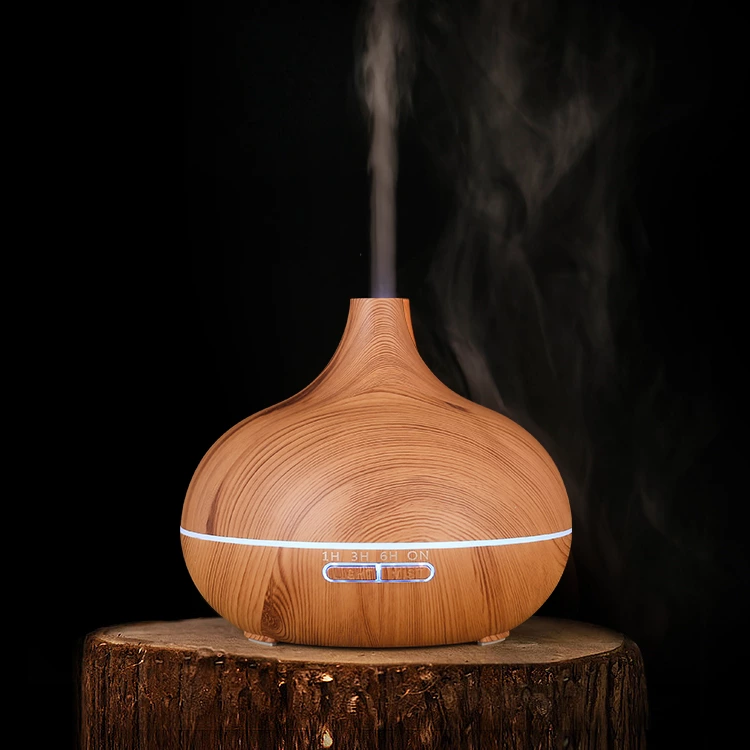
Conclusion
The working principle of aromatherapy diffuser atomization revolves around breaking down essential oils into a fine mist, allowing their therapeutic properties to be dispersed throughout the room. Whether through ultrasonic vibration, nebulization, or heat-based methods, atomization ensures that the air is filled with calming scents that can promote well-being. Understanding how atomization works can help you choose the right diffuser for your needs, ensuring you get the most out of your aromatherapy experience.


